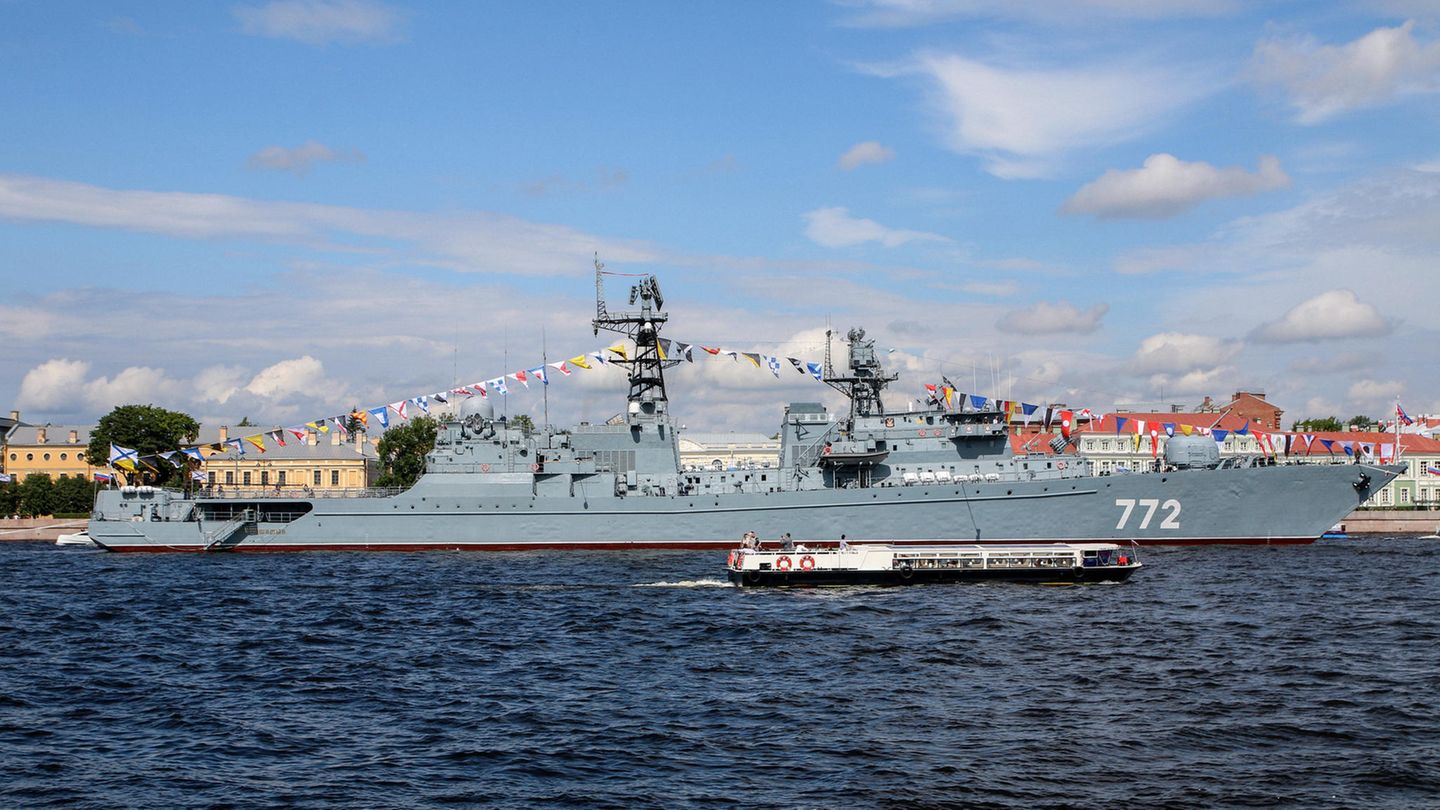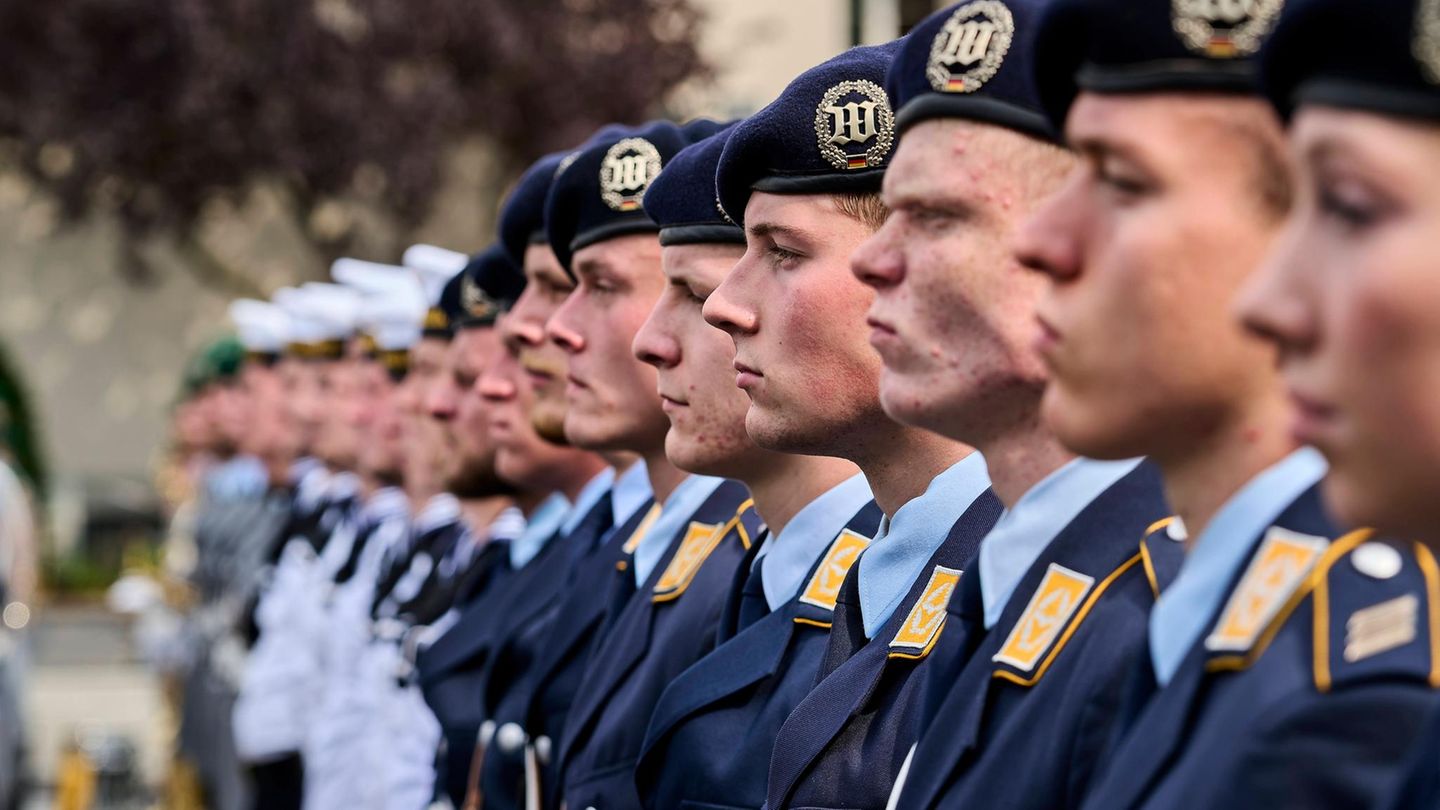Russia is planning military exercises in the Caribbean, a US newspaper reports. Shortly afterwards, Cuba announces the port visit of Russian naval ships in Havana, bringing back bad memories.
According to the Cuban government, the Russian Navy will send four ships to Havana next week for an official port visit. The Cuban Foreign Ministry announced on Thursday that the ships in question are the missile frigate “Admiral Gorshkov”the nuclear submarine “Kazan”an oil tanker and a salvage tug. There are no nuclear weapons on board, so there is no danger for the region. According to official information, the reason for the visit from June 12 to 17 is the historical friendship between the two states.
What is Russia planning in the Caribbean?
The US newspaper “” reported on Wednesday evening, citing an anonymous high-ranking US government official, that Russia is planning military exercises with aircraft and warships in the Caribbean in the coming weeks. These would be the first exercises by the Russian military in the Western Hemisphere with air and sea components in five years – and thus also since the start of the Russian war of aggression in Ukraine. According to the official, warships could call at the ports of Cuba and Venezuela. Both countries are allies of Russia.
Why is this problematic?
The US government sees this as a response to its permission to Ukraine to use American weapons on a limited scale against targets on Russian territory, the newspaper report said. According to the assessment, Moscow wants to send a message and worry the US with increased activity near the United States. Havana is only about 170 kilometers from Key West in the US state of Florida.
What led to the Cuban Missile Crisis?
During the Cold War, Cuba was an important ally of the then Soviet Union. The stationing of Soviet nuclear missiles on the island triggered the Cuban Missile Crisis in 1962.
Reconnaissance photos from that time showed that the USSR had set up positions for medium-range missiles on the island under its influence. Their nuclear warheads would have been able to reach the US capital Washington in no time. However, the USA also had medium-range missiles stationed in Turkey, which in turn could have reached Soviet territory.
Even before the 42 missiles were ready for use, then US President John F. Kennedy imposed a naval blockade against Cuba and gave the USSR an ultimatum: to prevent war, all weapons stationed in Cuba should be withdrawn.
KPD leader Nikita Khrushchev threatened to launch a preemptive strike to forestall an alleged US invasion.
Finally, the USA and the USSR agreed to withdraw both arsenals in Cuba and Turkey – and the world avoided a possible nuclear war.
Are there parallels to 1962?
Russia is struggling with political and economic isolation since its war of aggression against Ukraine. In its search for new trading partners, the country has strengthened its relations with the communist government in Cuba.
In November 2022, incumbent head of state Miguel Díaz-Canel met Kremlin chief Vladimir Putin in Moscow. Half a year later, he assured Russia in his “Fight with the West” Cuba did not criticize the Russian attack on Ukraine.
Cuba
Thälmann under the Caribbean sun
In response to an offensive launched by Russian troops in the northeastern region of Kharkiv, the United States, Germany and other Western countries last week allowed Ukraine to use weapons supplied by them against targets in the Russian border region for the first time since the war began. However, US President Joe Biden reiterated that the weapons supplied by his country to Ukraine should not be used to attack Moscow or other targets inside Russia.
When the decision was announced, a government official in Washington clarified that this permission only applied to counterattacks in defense of the Kharkiv region. In response, Russian President Vladimir Putin nevertheless threatened to supply other countries with Russian weapons that could then be directed against Western targets.
Is there a threat of “Cuban Missile Crisis 2.0”?
The nuclear submarine intended for landing in Cuba will be powered by nuclear energy, but according to the Cuban Foreign Ministry, it will not carry any nuclear weapons.
Defense expert classifies the tension situation as meaning that the relocation of the ships for the USA “currently” at least politically “no meaning” as he quotes the US State Department. This means “everything said”which means that no further escalation steps – at least from the USA – need be expected at present.
Sources: , with news agencies
Source: Stern
I have been working in the news industry for over 6 years, first as a reporter and now as an editor. I have covered politics extensively, and my work has appeared in major newspapers and online news outlets around the world. In addition to my writing, I also contribute regularly to 24 Hours World.




